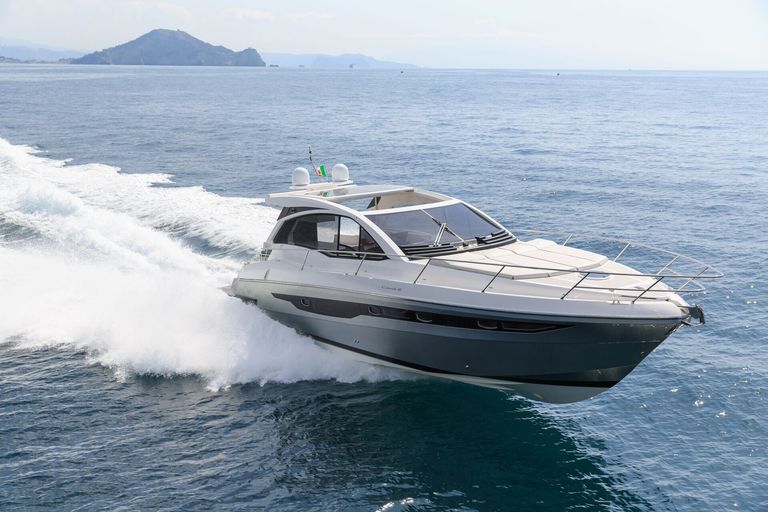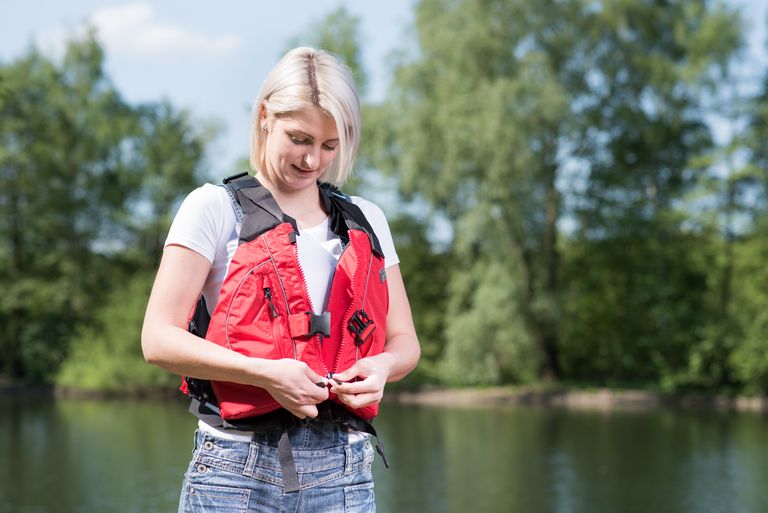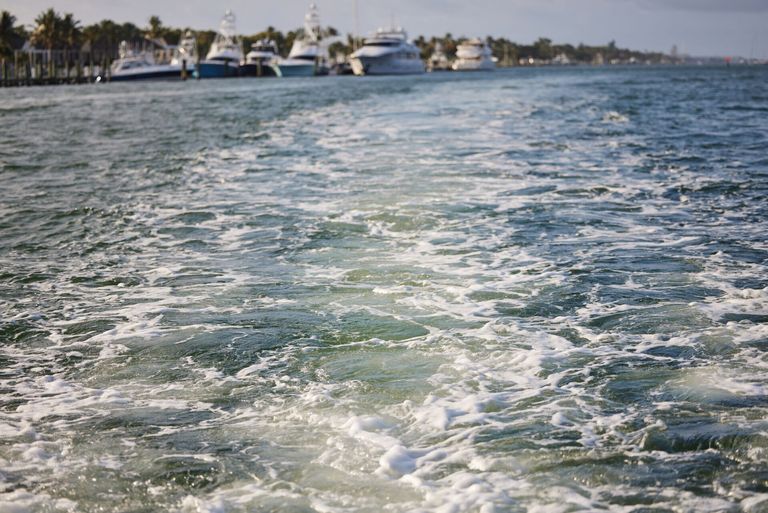How Life Jackets Work (and Why You Should Wear One)
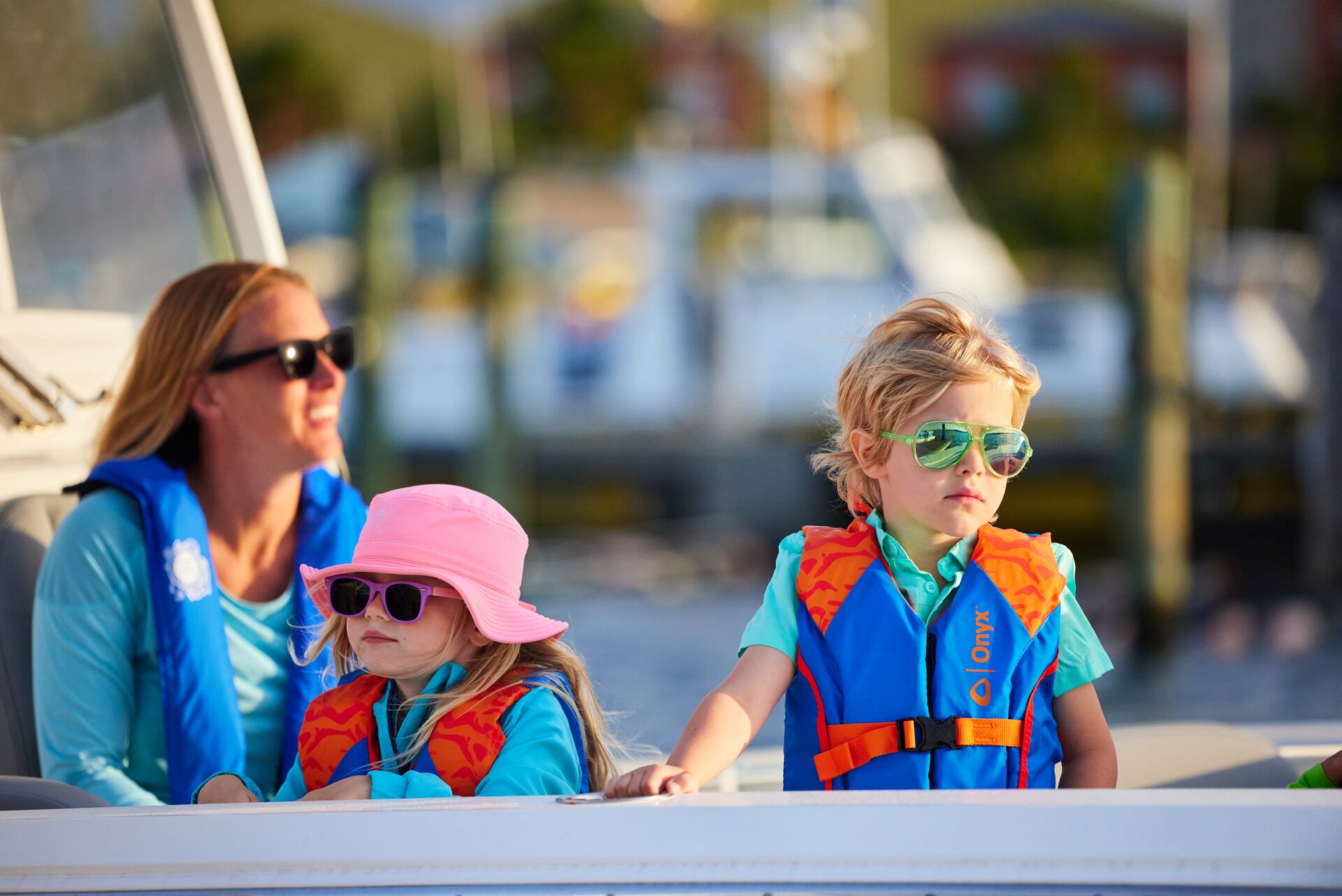
If you have a boat or watercraft of any kind – or you operate one – you need life jackets. It's also helpful to understand how they work.
The more you know about them, the easier it will be to decide which one is right for your needs.
Most people think of the standard orange life jacket, which is bulky, square, and stiff – think of the vest Marty McFly wears in Back to the Future. It doesn't make sense to the people in the past that he's wearing what they see as a life jacket as part of his outfit.
Of course, that type of lifejacket is still commonly used (as a floatation device, not as a fashion accessory), but they aren't the only option. With new designs and different jacket styles, you can choose something more comfortable and better meets your needs.
So, how do life jackets actually work? Here's what to consider when learning about these floatation devices and their importance on your boating safety checklist.
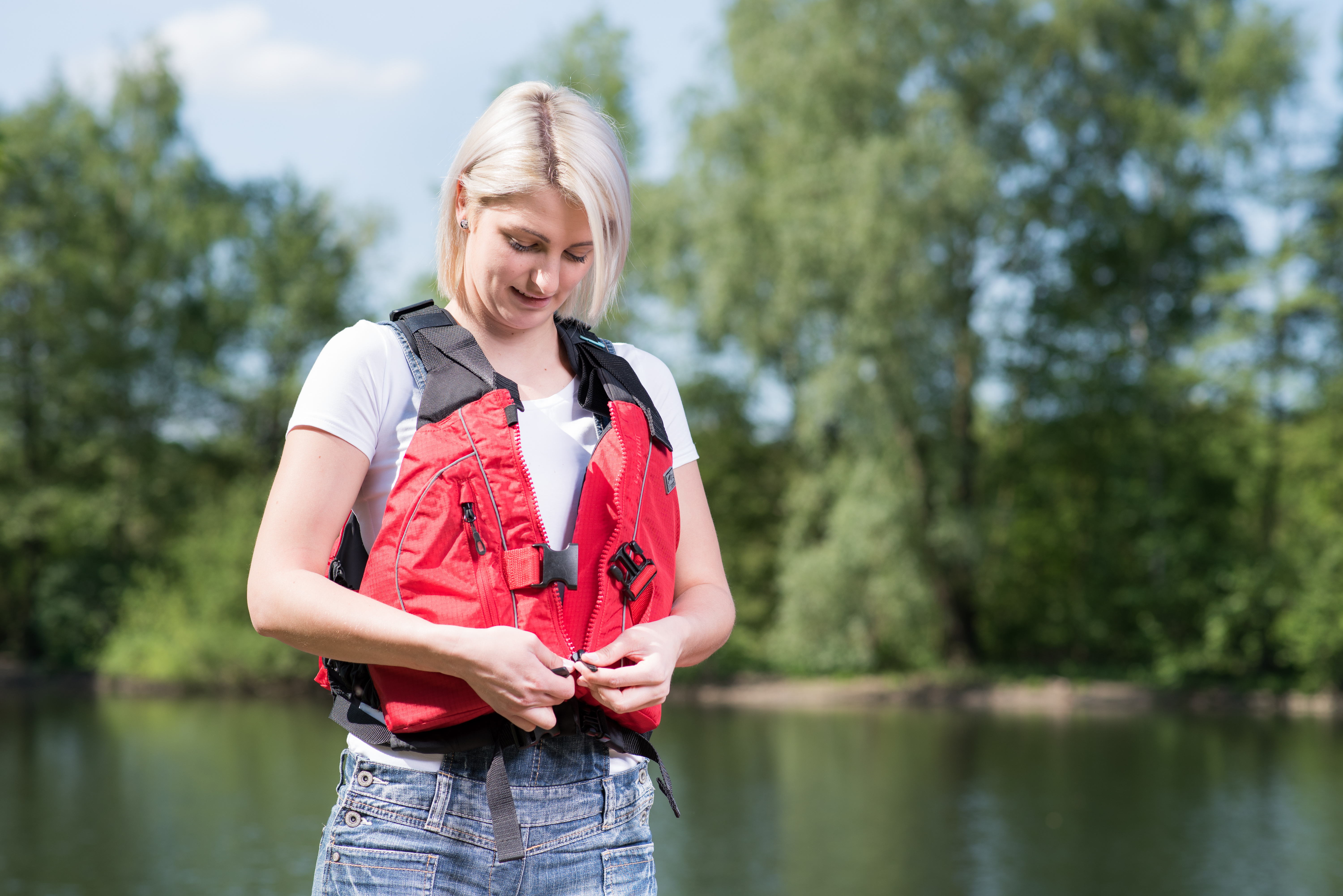
Buoyancy
The most important thing about these jackets is that they work by providing buoyancy. That means they're designed to keep a person afloat in the water, and they do that by displacing the water around the person and providing an upward force. This makes it easier for the person in the jacket to stay above the surface.
Buoyancy can help prevent drowning and make it easier for someone in the water to be rescued. When looking for buoyancy in any floatation device, you should consider the size and weight of the person wearing it to make sure it will work properly for them.
Children, for example, need jackets that are different from those of adults.
Materials and Construction
Life jacket materials include inflatable chambers and foam. They're specifically constructed to provide buoyancy while allowing for comfort and mobility.
Foam jackets are still the most common, and they're the ones people typically think about when picturing what a life jacket looks like. However, many people like the inflatable chambers on some of the newer jackets because they're not as bulky when you're on the boat.
Less bulk can make it easier for you to safely enjoy fishing or even move around on the boat more easily. Much like the floatation device options on planes, these jackets are flat until they need to be inflated.
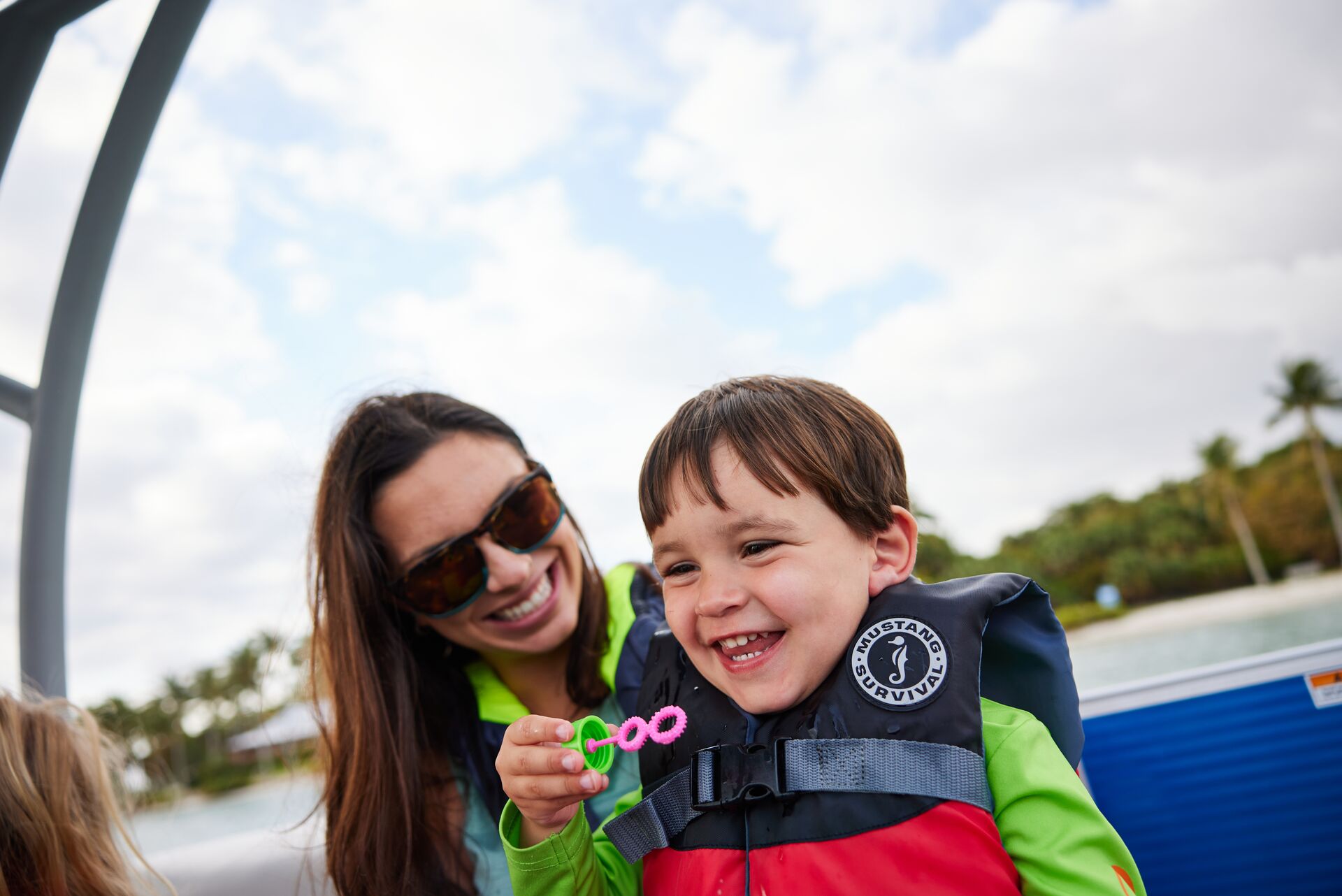
Types of Life Jackets
Several types of jackets are available for boating and water activities, including inflatable, foam-filled, and hybrid designs. Understanding their differences is essential so you know which ones to use for different activities and conditions.
The foam-filled jackets will work as soon as they come in contact with the water, and inflatable options typically have a cord you pull to fill them rapidly with air. Hybrid designs can be semi-buoyant and have options for added inflation, making them a good alternative in many cases.
Safety Standards
When you choose a life jacket, ensure it meets safety standards set by organizations such as the U.S. Coast Guard. Meeting these standards ensures the jacket is reliable and effective in keeping you safe.
If you don't have a Coast Guard-approved jacket or it doesn't meet the safety standards of your local governing body, it's time to replace it with a different one.
Quality life jackets save lives! It's not worth it to choose a cheaper or poor-quality jacket just to check a box on your safety checklist.
Proper Fit
Another essential quality of a life jacket is a proper fit. It should fit snugly on your body without being too tight and uncomfortable, and you'll also want to adjust straps and buckles to get a secure fit you can feel good about.
If you can't adjust the jacket to where it's snug and doesn't slip off when you move, you need a smaller one. This is especially important for children and anyone who's not a strong swimmer.
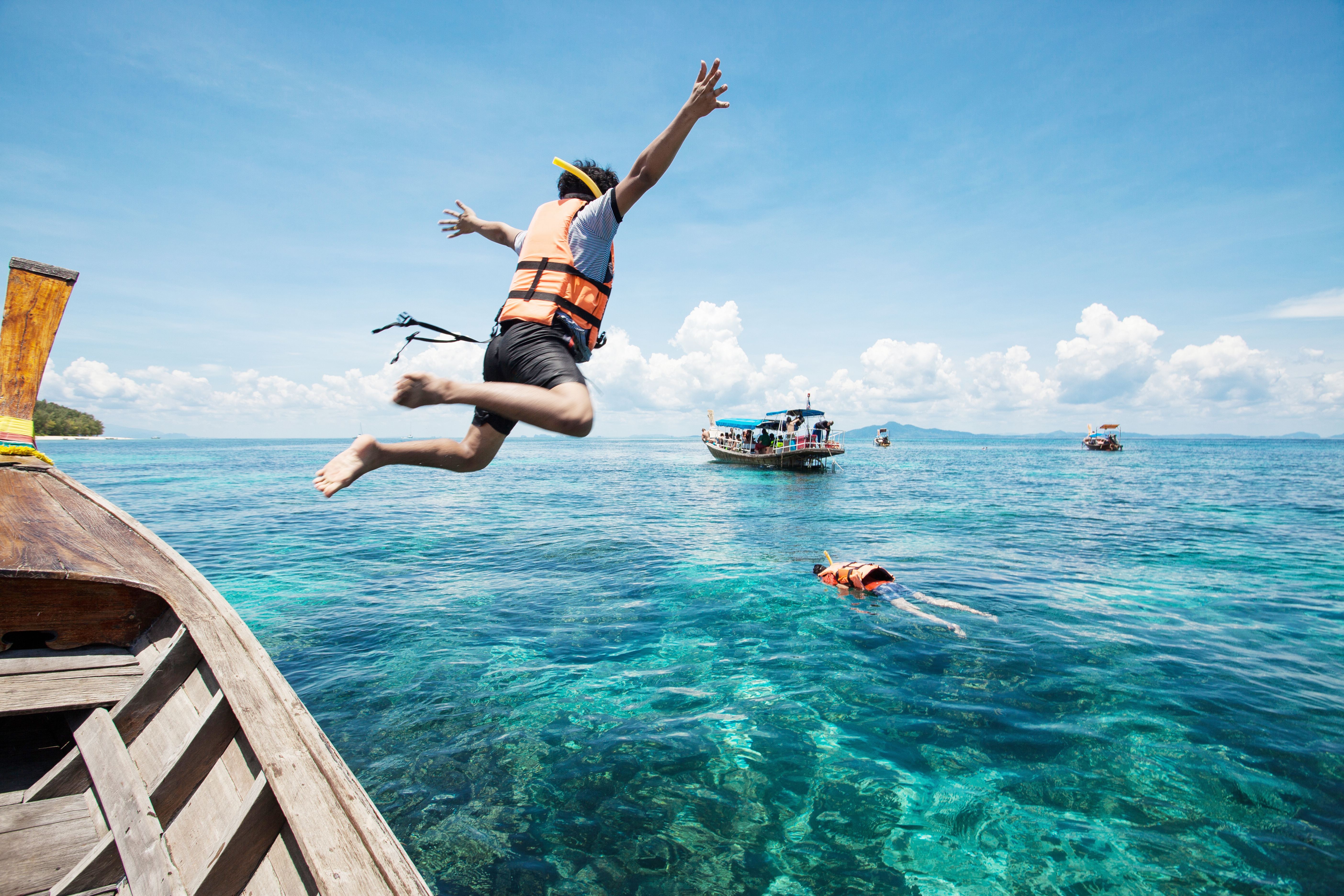
Life Jackets Have a Significant Impact on Drowning Prevention
Wearing a life vest can significantly reduce the risk of drowning in water-related activities such as boating, fishing, swimming, and kayaking. For example, U.S. Coast Guard statistics for 2022 indicate that 370 of the 445 drowning deaths occurred without a life jacket.
The Royal Lifesaving Society Canada also states that 80% of drowning deaths in Canada occur in people who aren't wearing a life vest. Again, having a personal floatation device saves lives.
Understand the Legal Requirements
Understanding the legal requirements for wearing life jackets, especially for children is vital. When looking for and selecting the right jackets, both personal safety and compliance are involved.
In the U.S., children under 13 must wear a life vest on a boat unless in an enclosed cabin or below decks.
Education and Awareness
Educating yourself about the importance of wearing life jackets matters.
When you take a course through BOATERexam, you'll learn about these jackets and other safety essentials to be more prepared out on the water. This knowledge helps you keep yourself and your passengers safe, allowing all of you to have more fun.
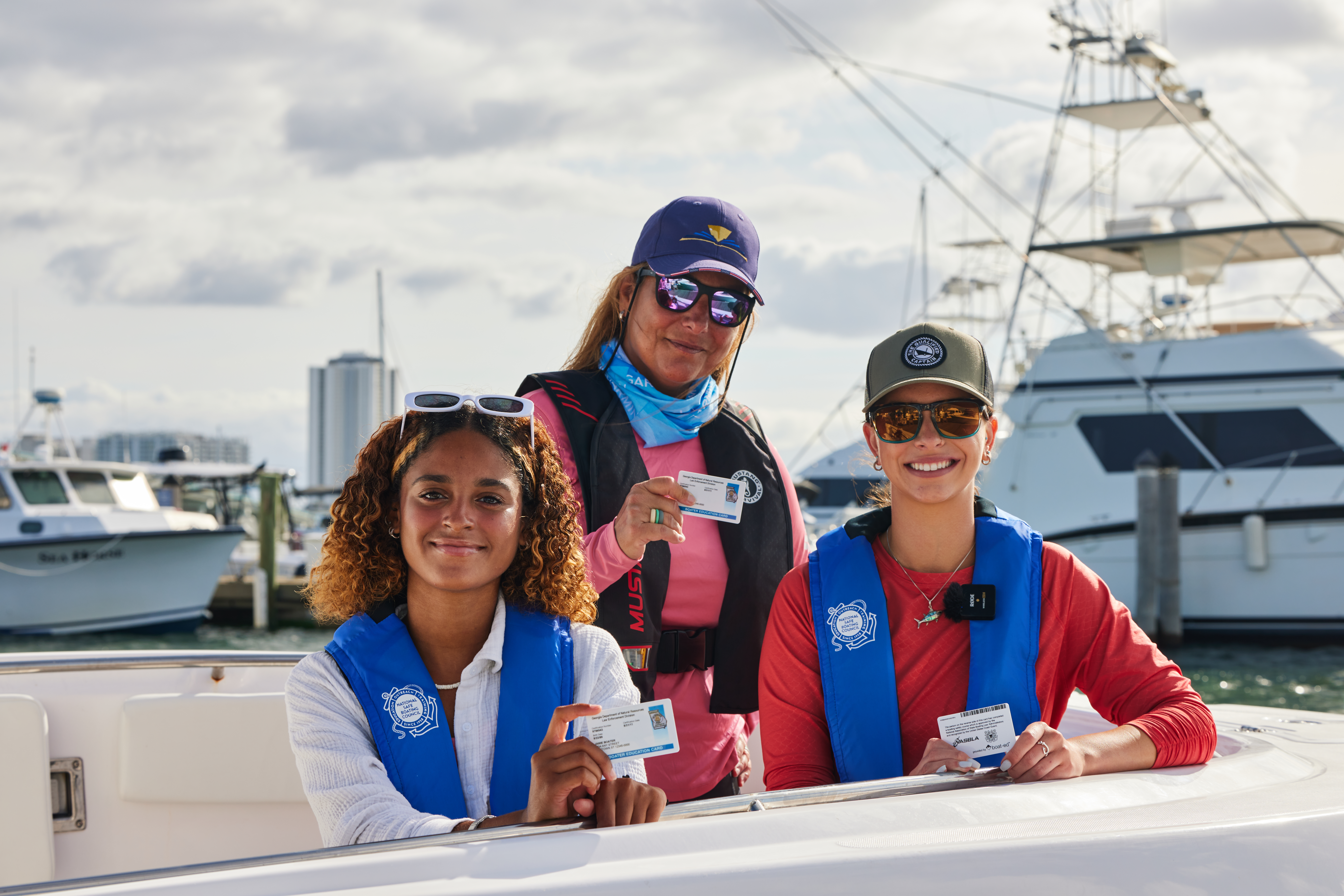
Learn More About Life Jackets and Boater Safety Before You Hit the Water
So, why should you wear a life jacket? They save lives, and it's the law!
Responsible boating is safe boating While we want you to have plenty of fun out on the water this season, we also want you to stay safe so you can enjoy more days out on your favorite lake.
Taking a boater education course and getting safety certified is the right choice before you head out on the waterways. Not only will doing this help you understand and choose the right floatation options, but it can also give you important information about other safety and navigation requirements.
Being prepared for anything that could happen on the water helps you keep yourself and others safe when boating! BOATERexam's online courses provide the safety knowledge required before you can operate a boat legally in the U.S. or Canada.
So, before you take the boat out on the water next time, make sure you've passed a safety course! In the U.S., choose the course for your state. In Canada, select our Canada-approved course.

